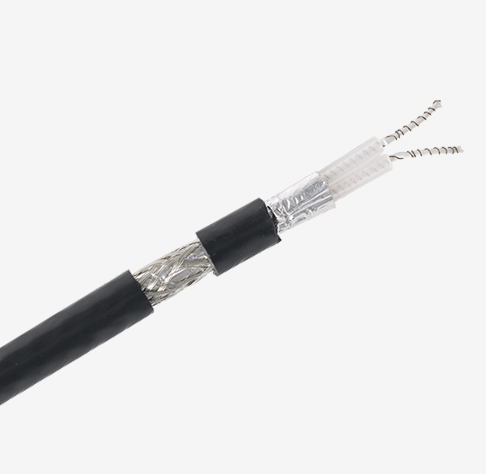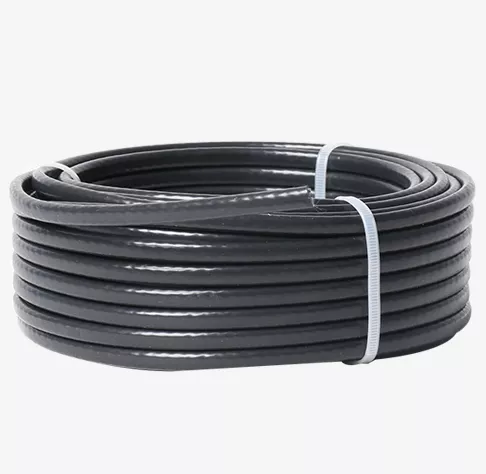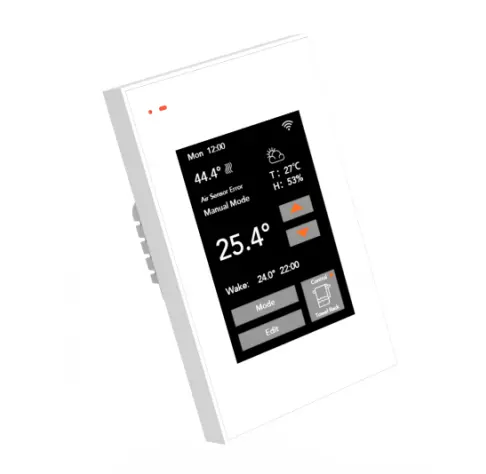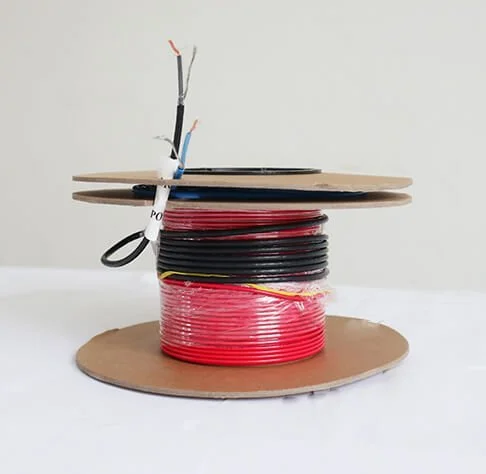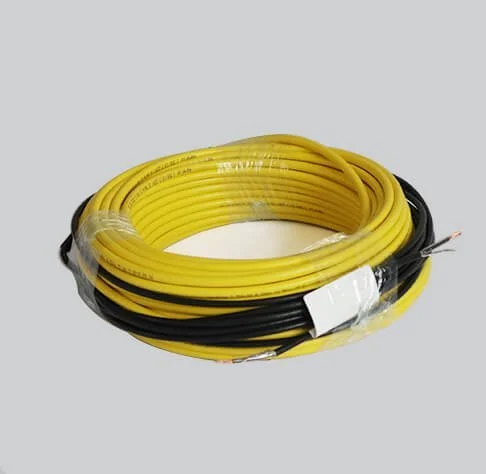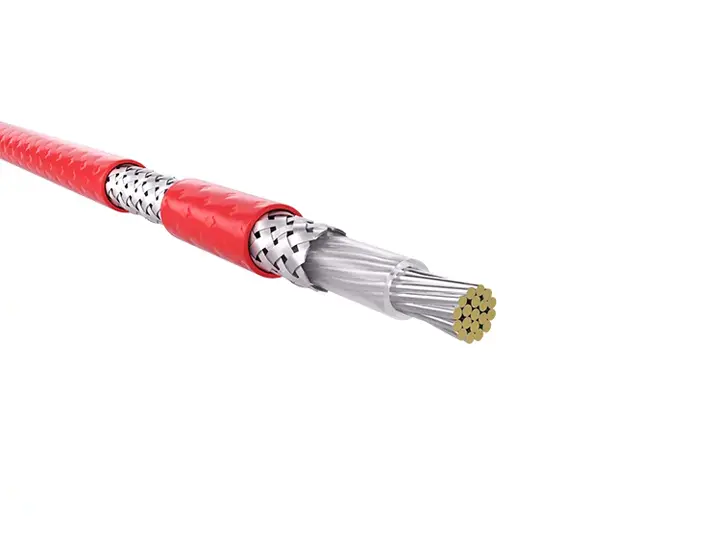With over a decade of experience unraveling the computational complexities of rooftop heating cables, I’m excited to go on this journey with you to unravel the complexities of this important winterization measure. Together we will explore the scientific, cultural and business aspects of calculating roof heating cable requirements to provide you with the knowledge and confidence to protect your home from the freezing effects of winter.
Part 1: Understanding your roof heating cable needs
Imagine a winter storm relentlessly battering your roof. Snow and ice accumulate, potentially crushing your roof and possibly causing damage. Roof heating cables are like brave defenders, ready to fight these icy invaders, preventing snow and ice dams from building up, leading to costly repairs and safety hazards.
Advantages of roof heating cables:
Prevents ice dams and snow accumulation
Protect roof from damage
Keep drains clear and prevent leaks
Improve energy efficiency by reducing heat loss
Enhance safety by reducing snow and ice on sidewalks and driveways
Part 2: The Scientific Principles of Heat Transfer
The effectiveness of roof heating cables depends on the principle of heat transfer. Heat flows from warm areas to cold areas, and the rate of heat transfer is affected by the following factors:
The temperature difference between the heat source and the surrounding air
Roof heating cables use electrical resistance to generate heat, which is then transferred to the roof surface through conduction. The heat generated is proportional to the current flowing through the cable and the length of the cable.
Section 3: Factors affecting roof heating cable calculations
Calculating appropriate roof heating cable requirements requires careful consideration of several factors:
Roof area and slope:
Larger and steeper roofs require more heat cables.
Local climate:
Areas with heavy snowfall and prolonged freezing temperatures require more heating cables.
Roof Type:
Metal roofs have different heat transfer characteristics than asphalt roofs.
Insulation:
A well-insulated roof loses less heat, reducing the need for heat cables.
Part 4: Calculating Heating Cable Power
The wattage of a roof heating cable is a key factor in determining its effectiveness. The recommended wattage per square foot depends on the factors listed above. For most residential applications, a general guideline is to use 5-10 watts per square foot.
Example:
In a cold climate, a minimally insulated 2,000 square feet of roof might require 2,000 x 10 = 20,000 watts of total heat cable power.
Section 5: Cable Spacing and Layout
The spacing and layout of roof heating cables are equally important. Typically, cables are spaced 12-24 inches apart, with the cable's power leads running along the edge of the roof. Cables should be securely connected to the roof surface to ensure proper heat transfer.
Section 6: Professional Installation
While some homeowners may choose to install roof heating cables themselves, it is highly recommended to seek the services of a qualified electrical contractor. Improper installation may void the warranty and increase the risk of electrical hazards.
Section 7: Maintenance and Troubleshooting
Regular maintenance is essential to ensure the longevity and effectiveness of your roof heating cables. Check cables regularly for damage and replace faulty cables. If the cable still does not work after troubleshooting, contact a professional electrician.
Section 8: Cultural and Business Aspects
Roof heating cables have become an integral part of winter preparedness in many areas, protecting homes and businesses from the damage of ice and snow. They play an important role in reducing winter insurance claims and mitigating safety concerns.
Section 9: Tips and Suggestions
Use a snow rake regularly to remove excess snow from your roof.
Avoid using salt or calcium chloride on your roof as they can damage heating cables.
Consider installing a rooftop heating cable control system that automatically adjusts heat output based on weather conditions.
Section 10: Conclusion
By understanding the principles, factors, and methods involved in calculating your roof heating cable needs, you can effectively protect your home from the harsh effects of winter. Remember, a properly installed and maintained roof heating cable system is a priceless investment that can give you peace of mind, avoid costly repairs, and increase the safety and comfort of your home during the cold seasons.


